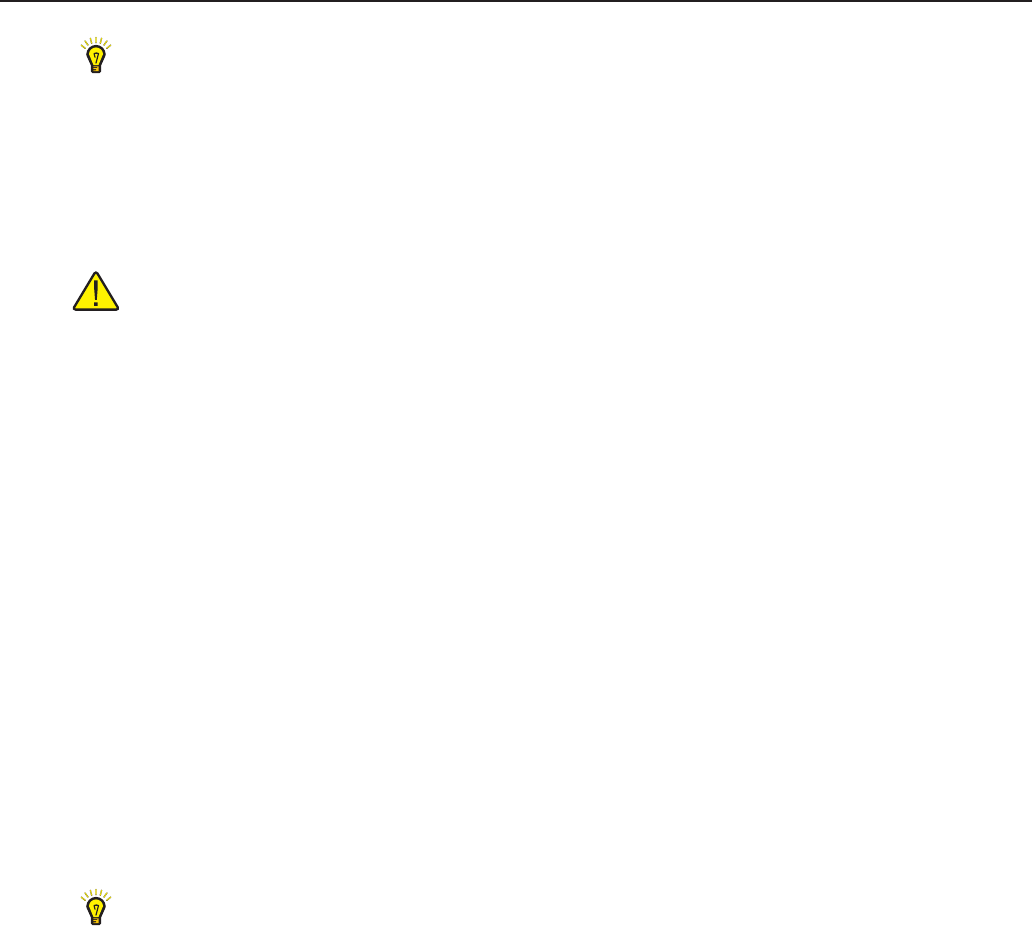
1594A/1595A Super-Thermometer
Main Menu
44
Tip: Zero-Power measurements must be performed in a very stable heat source so temperature drift does
not interfere with the calculation.
Zero-power measurement is performed by rst measuring the probe at nominal current. Then the excita-
tion current is automatically changed to 1.4142 times the nominal current. 1.4142x of the nominal current is
referred to as double power excitation current since the power dissipated is twice that of nominal current. The
zero-power value is then calculated with the following equation:
where is the zero-power value, is the nominal current value, and is the double-power value.
Important: The probe denition must be congured so that the Maximum Current setting is at least
1.4142x the nominal current setting.
An alternative method of zero-power measurement, enabled by the Repeat Nominal setting, adds an additional
nominal current measurement taken after the 1.414x reading. The zero-power value derived from this tech-
nique is calculated with the following:
where is the zero-power value, is the rst nominal current value, is the double-power value, and is the nal
nominal current value.
The difference between the rst and nal nominal current readings indicates whether the probe’s temperature
has changed during zero-power measurement. This is important since a change in temperature could introduce
error into the zero-power calculation. When Repeat Nominal is enabled, the Super-Thermometer reports the
difference between the two nominal current values as Drift.
When a zero-power measurement is completed, the results are displayed on the screen and written to memory.
The values displayed are Channel Number, Probe ID, Zero-Power Measurement, Sensing Current, Mean, and
Standard Deviation for each step and the Nominal Current Self-Heating Offset.
The conguration elds and function keys in the Zero-Power Measurement screen are as follows:
CHANNEL - species the channel on which the measurement will be done. Only one channel at a time can be
measured in zero-power mode.
SETTLE TIME - sets the time allowed for measurement settling after a change in current. The value (00:00)
is in minutes and seconds. The settle time needed varies by probe construction and measurement medium. The
default value is 01:00 (1 minute). Measurements taken during Settle Time are discarded.
Tip: Settle time is important since it takes some time for a probe’s temperature to stabilize when the
current level changes. Therefore, it is important to choose a settle time appropriate for the probe and the
measurement environment.
MEASURE TIME - sets the time period over which measurements are averaged for each portion of the zero-
power sequence. For example, if a Measure Time of 1 minute is selected, measurements will be taken at each
current level over a 1 minute span and the resulting average will be used in the zero-power calculation. The
number of samples included in the average is based on the Measure Time and the Display Interval setting.
The Measure Time setting is in minutes and seconds. The setting has a range of 00:10 to 10:00. The default
value is 01:00.
REPEAT NOMINAL - enables or disables the Repeat Nominal option mentioned above. When enabled, the
nominal current measurement will be repeated after the 1.4142x measurement.
AUDIO INDICATION - enables or disables the Audio Alert feature that alerts the user when the zero-power
measurement sequence is completed.
START (F1) - starts the zero-power measurement sequence
When the START (F1) function key is selected, the zero-power measurement sequence begins and the screen
displays the following elds and function key:


















